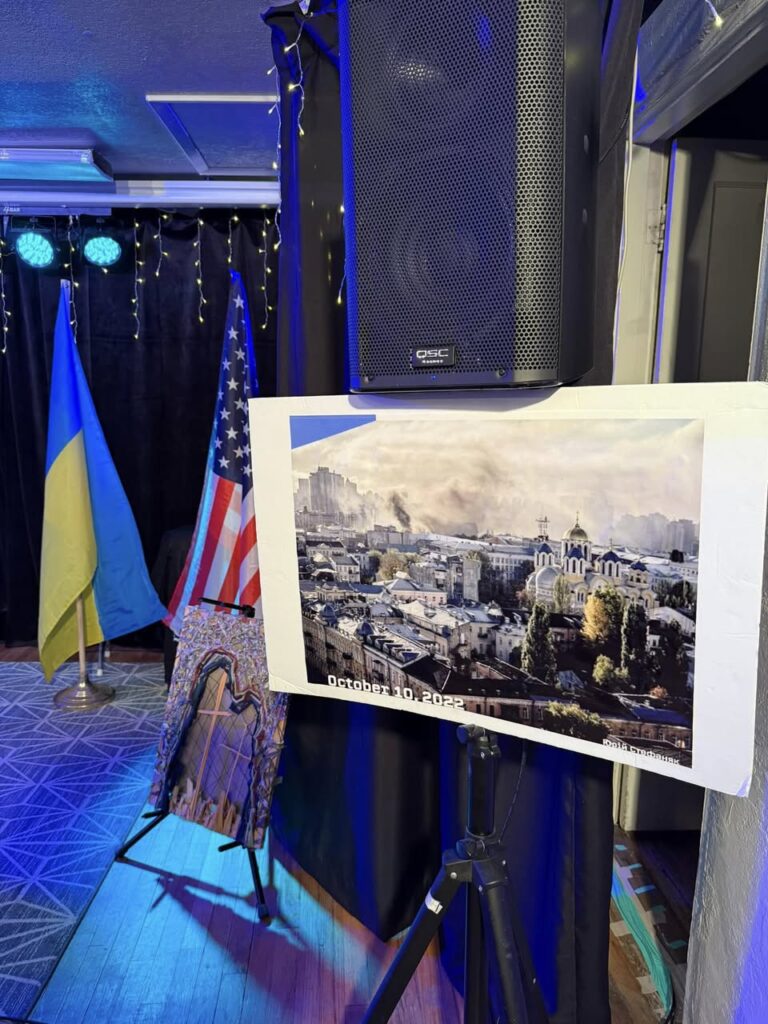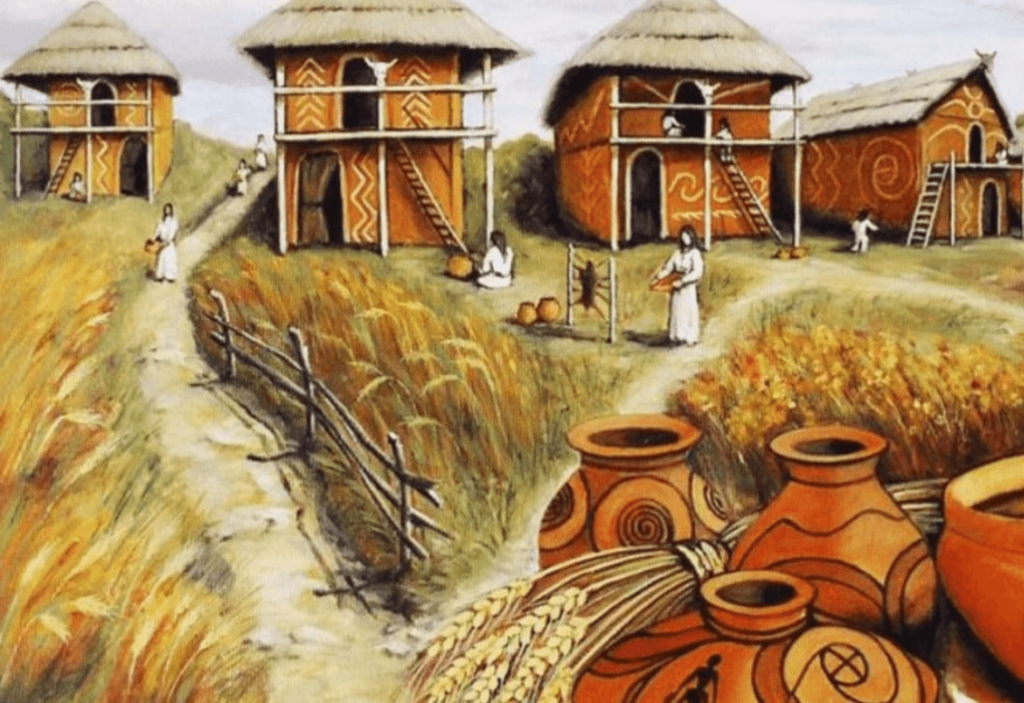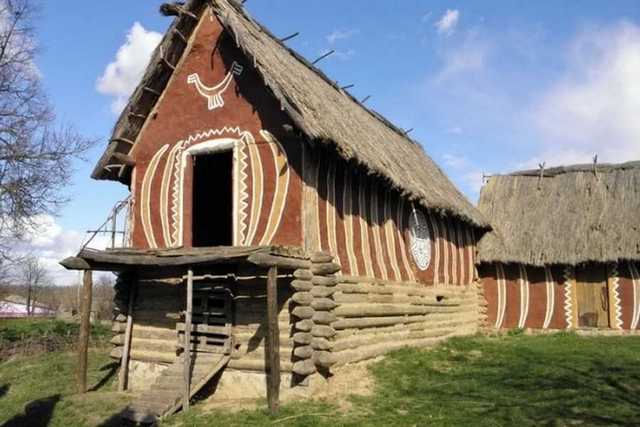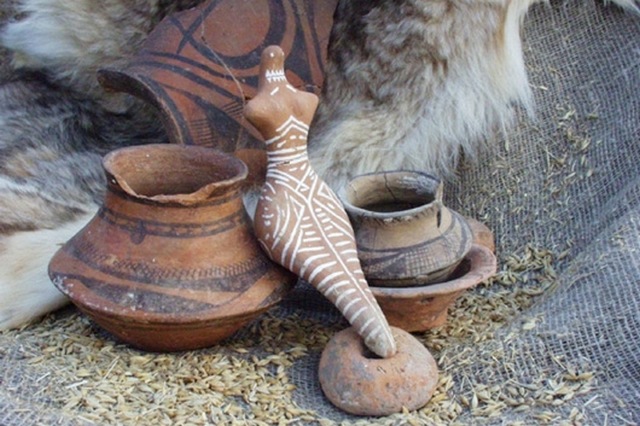
Dear Friends,
We are very pleased to announce that our Albuquerque Sister Cities Foundation, through its Kharkiv Ukraine program and in cooperation with Ukrainian Americans of New Mexico, would like to invite you to an informative get together this
Tuesday evening, April 15, starting at 6 pm at our 2nd Vice President Alana McGrattan’s house at 3501 Corrales Rd, Corrales, NM 87048
to recognize and support the work of Brave Hearts
an equine based charity in Ukraine, which has entered into an affiliate relationship with Horses For Heroes New Mexico, Inc., a 501 c3 non profit corporation (www.horsesforheroes.org), a unique horsemanship, wellness and skill set restructuring program based in Santa Fe, New Mexico. It is a free program serving all post 9/11 veterans and active military who have sustained PTSD, combat trauma or physical injuries during their time in service.
One the founders of Brave Hearts is completing the second week of the “train the trainer”pilot course here at the Crossed Arrows Ranch, the goal of which is to establish an appropriate, scalable and sustainable program in Ukraine for expanded work with Veterans, Active Military and the hospitals and veterans organizations that Brave Heart’s current program has been helping.
All expenses associated with this pilot project have already been generously underwritten by Horses For Heroes New Mexico Inc. and our organizations would like to offer our acknowledgement.
Based on the tangible and measurable results achieved over the 17 year history of Horses For Heroes NM Inc, programs, Brave Hearts will adapt what they are learning here and now to traditional Ukrainian cultural and historical values that will best resonate with the current and most pressing needs of returning Ukrainian warriors and their families. The immediate need is great and the time for program development, implementation and roll out in Ukraine is long overdue.
Please join us this coming Tuesday evening to learn more about this unique and valuable approach in using the natural healing properties of horses and horsemanship in integrating mind, body and spirit where they’ve become incongruent.
Refreshments will be served.
Cordially,
George
“There is something about the outside of a horse that is good for the inside of a man.” ~ Winston Churchill.






